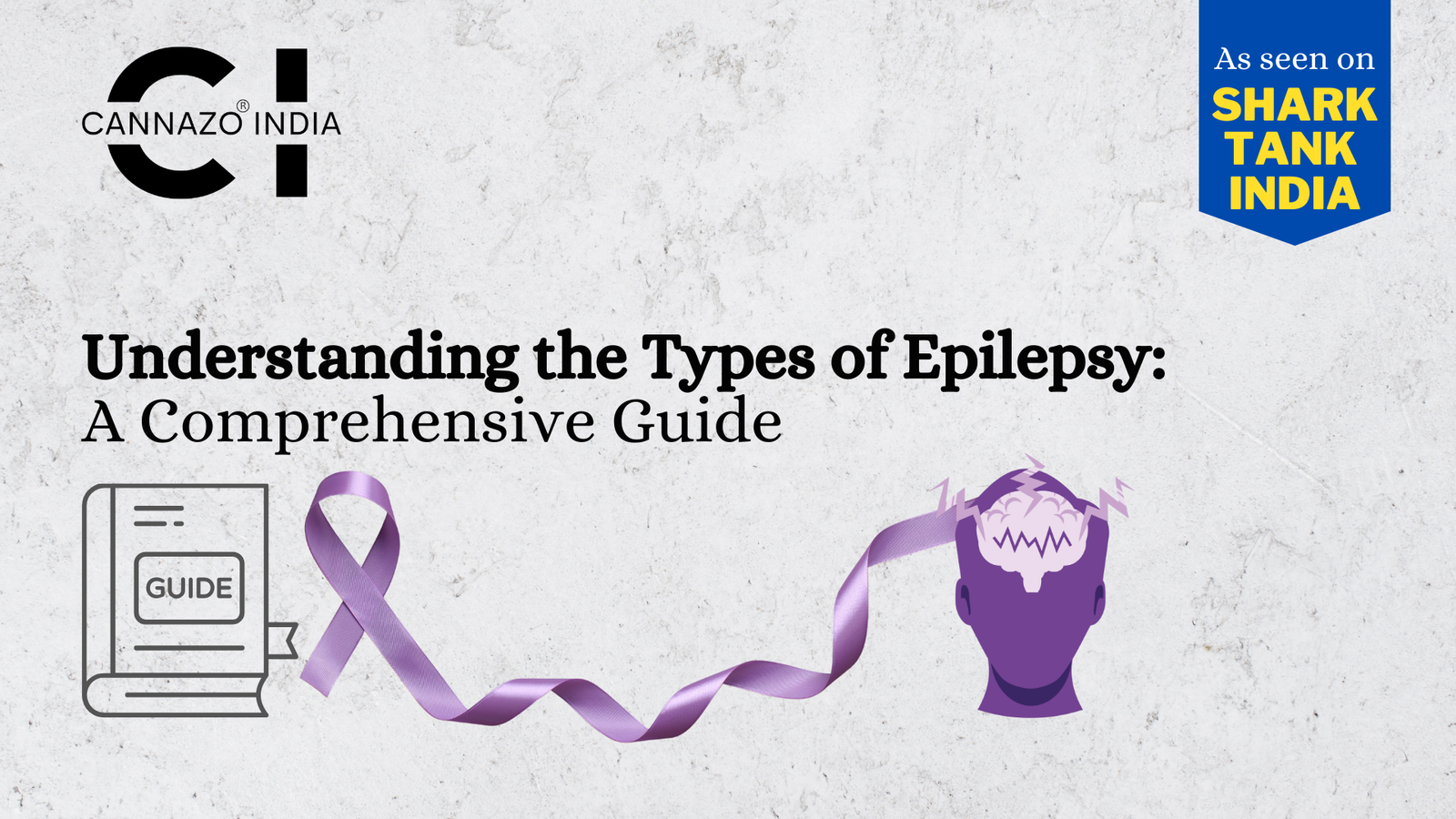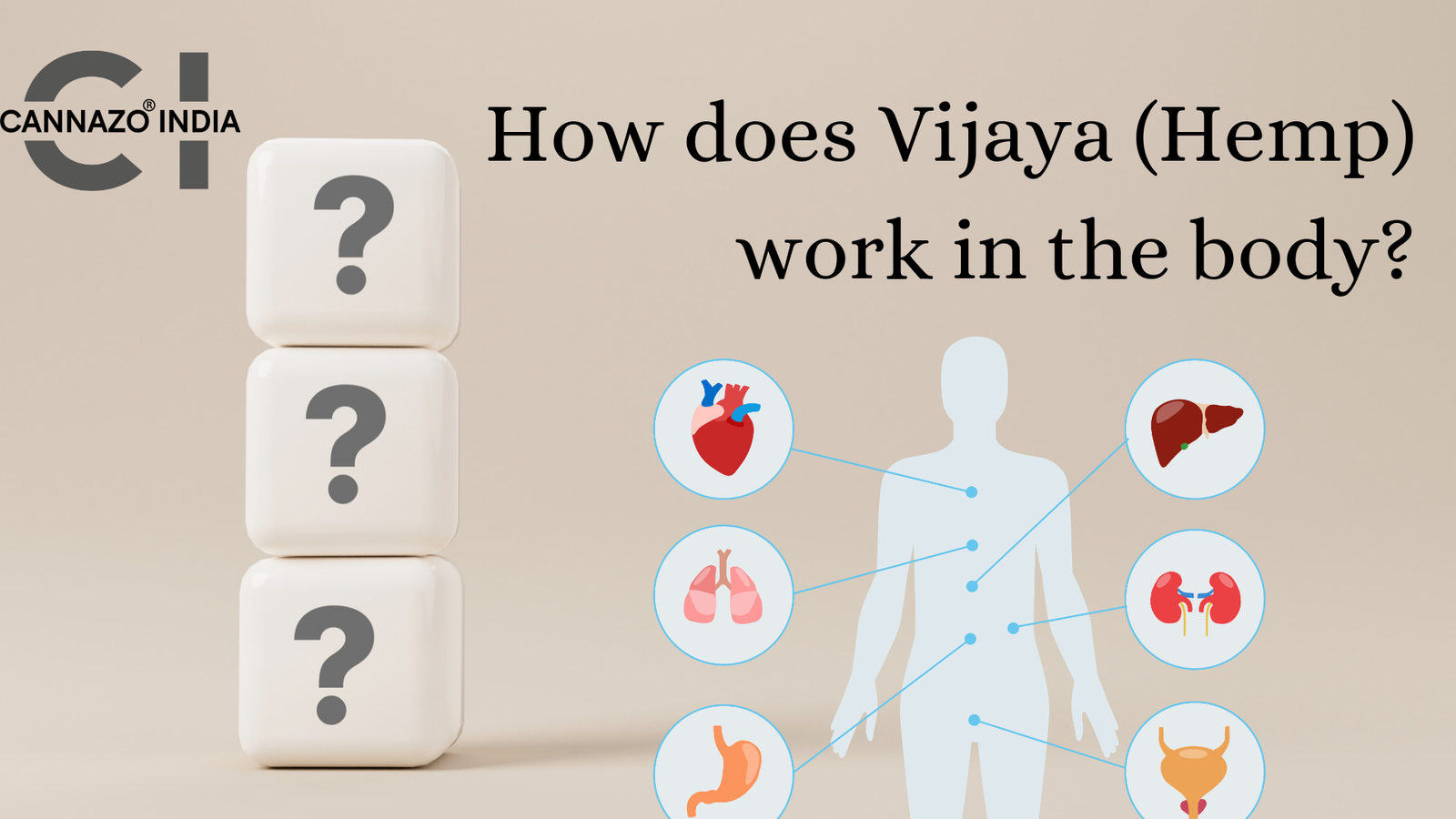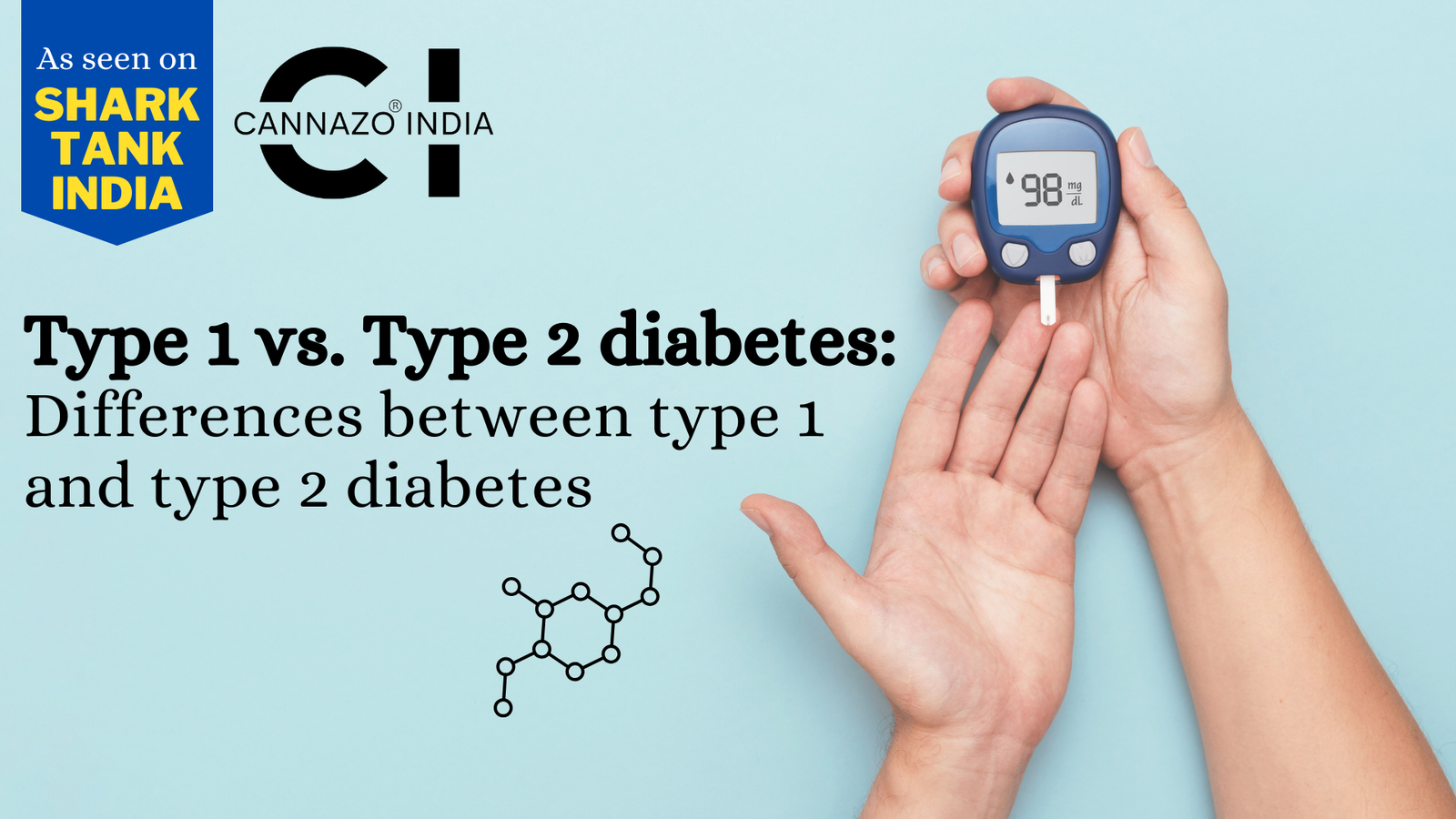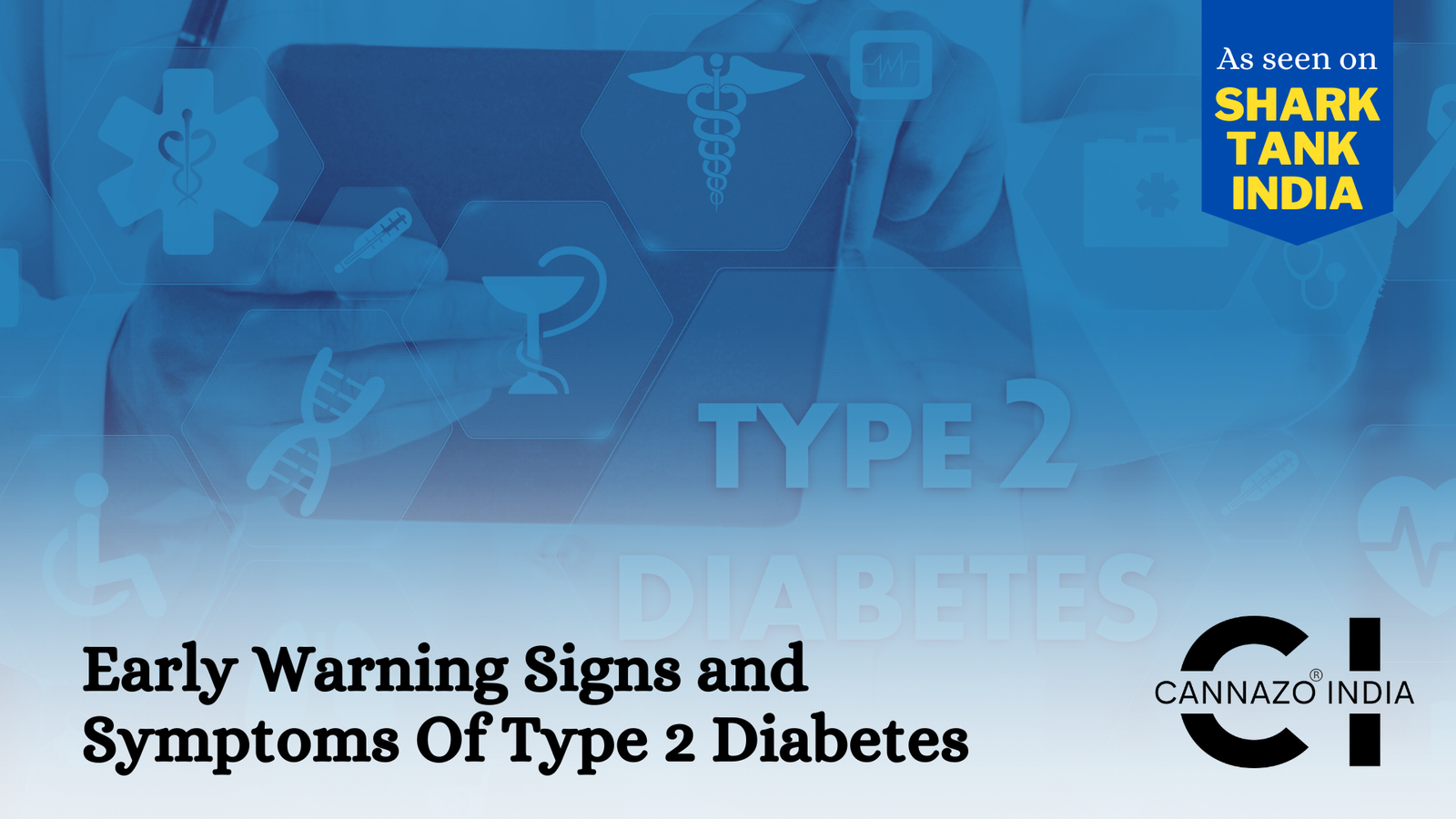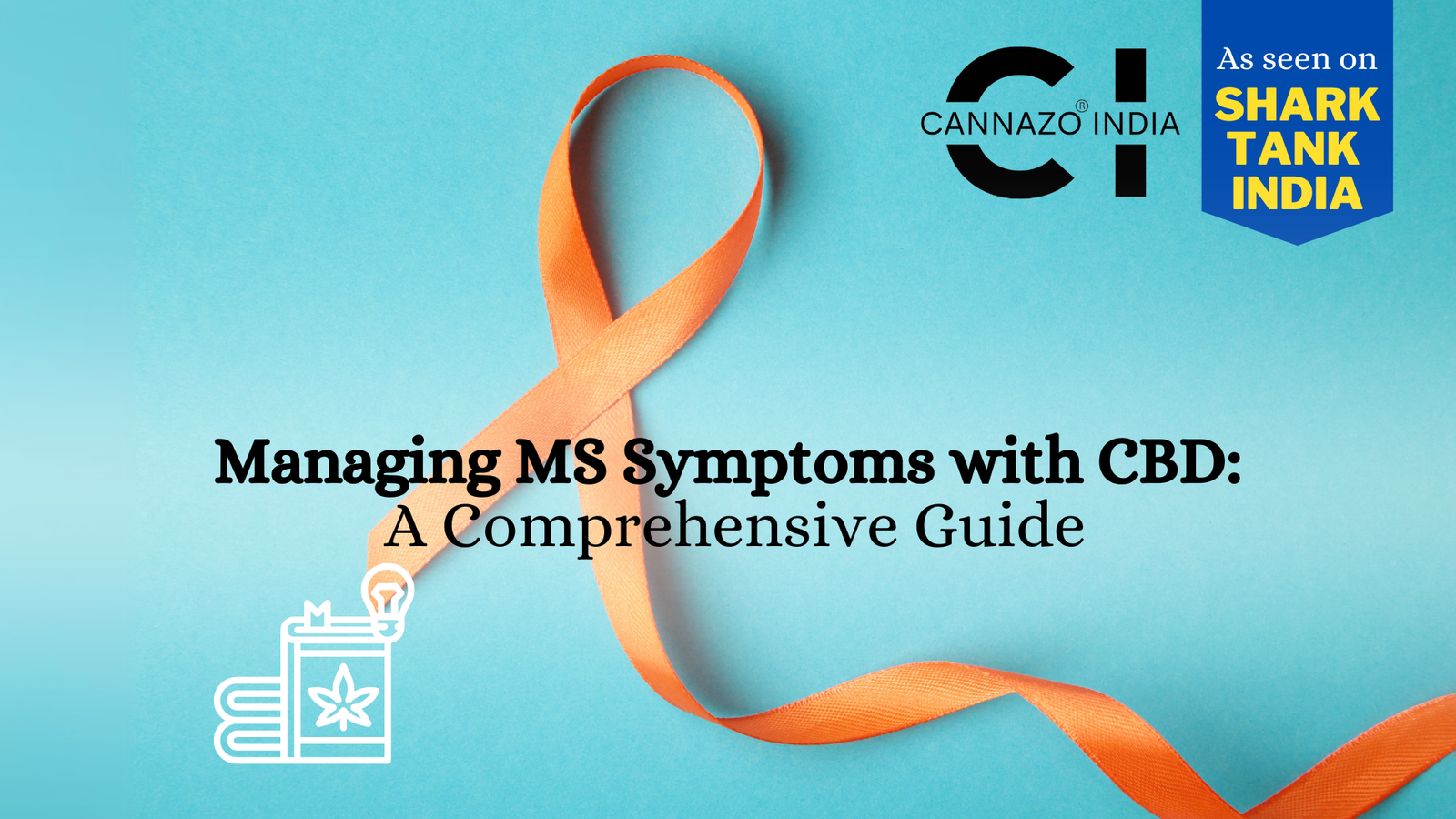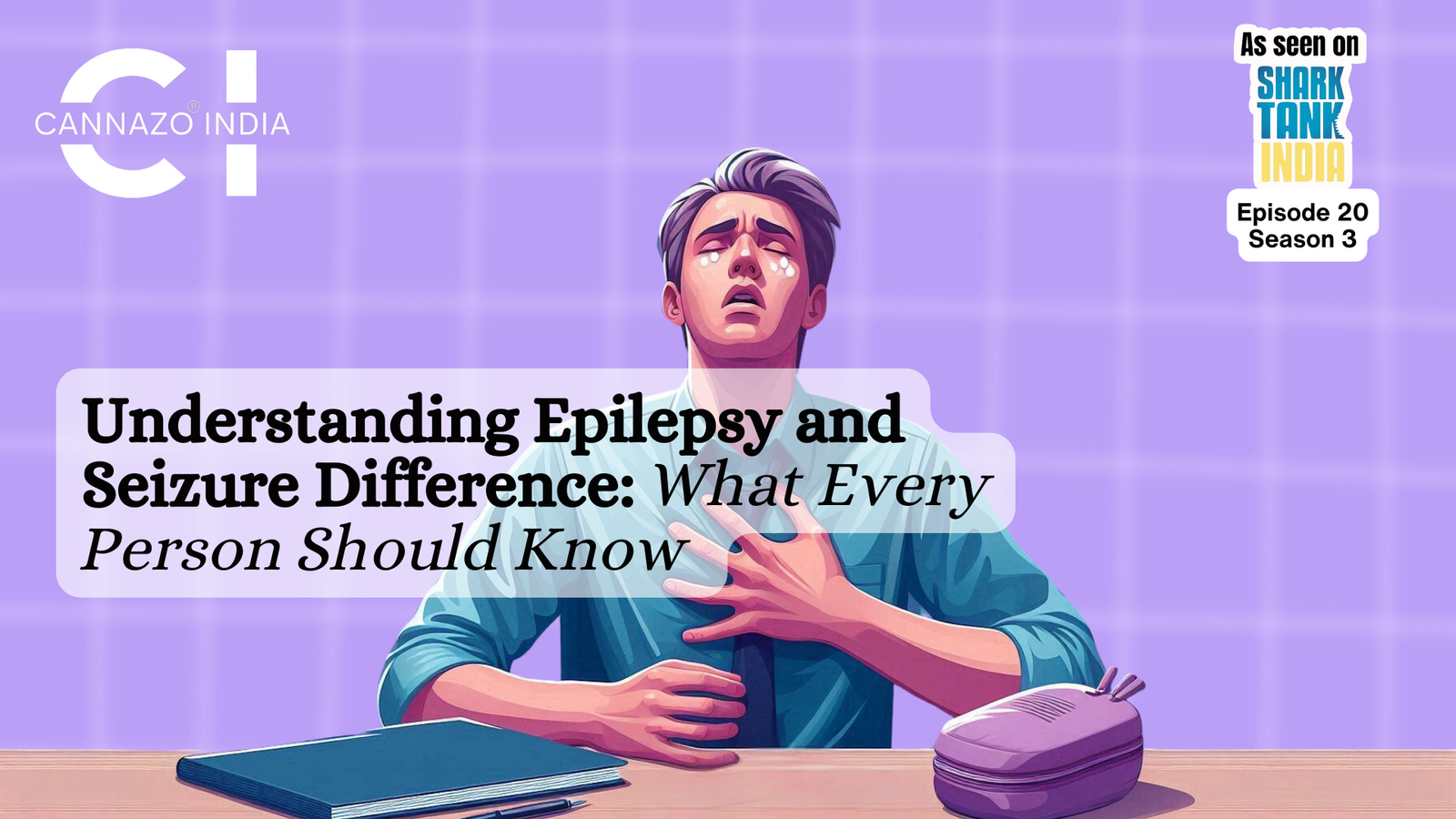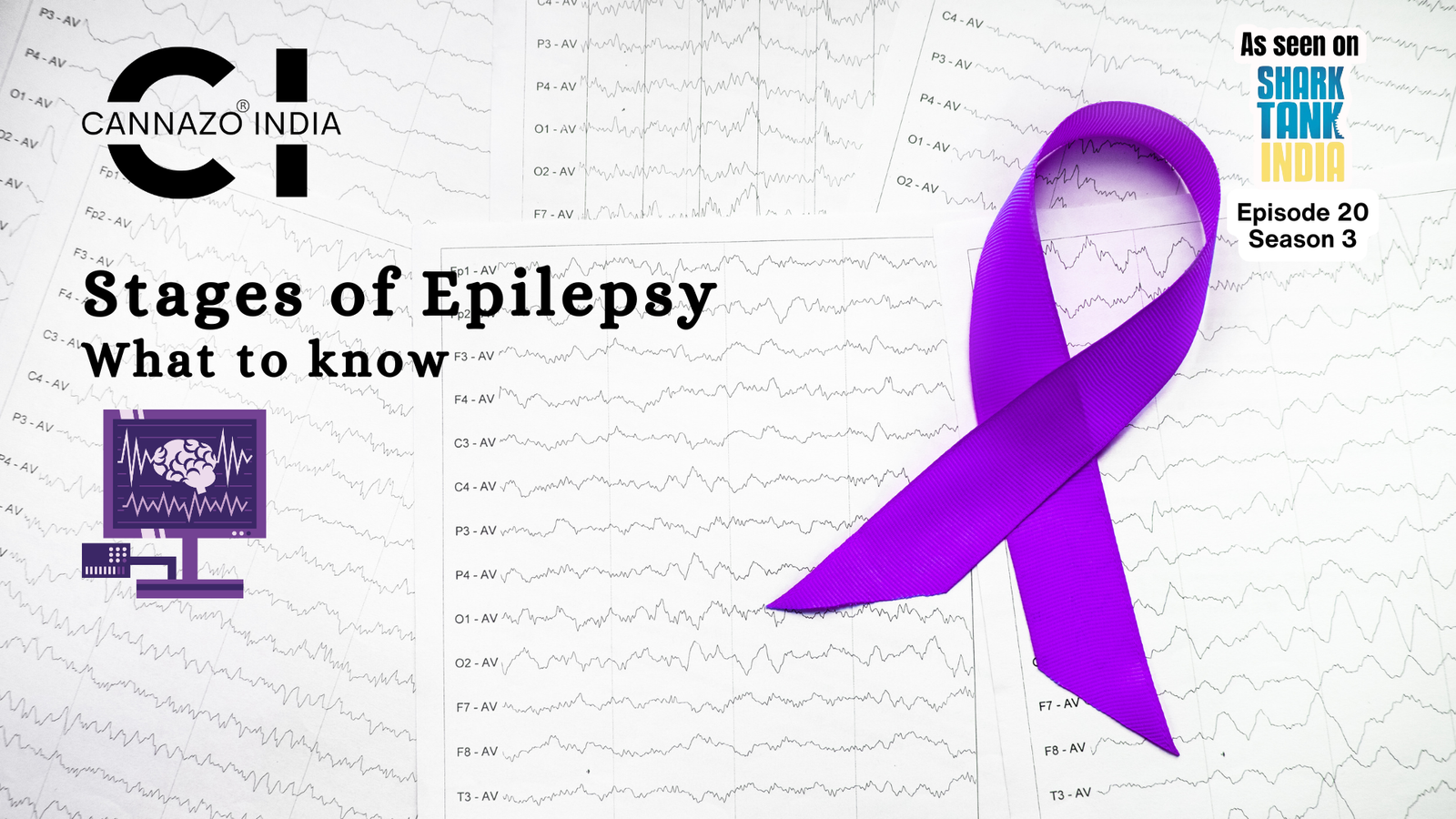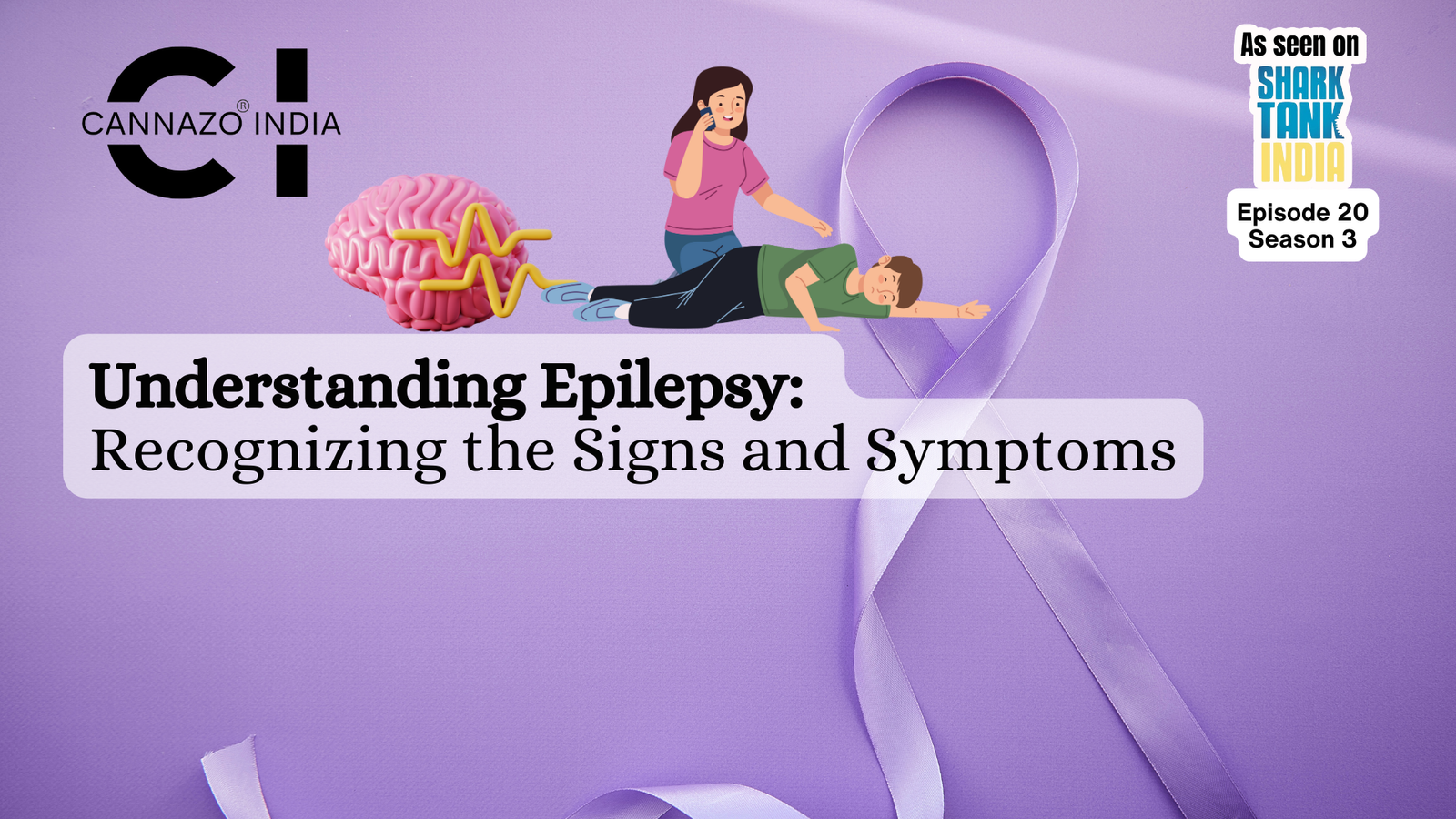In general, epilepsy is the occurrence of seizures in patients due to different types of triggers. Globally, around 50 million are diagnosed with this neurological condition out of which 10-12 million people are from India. Safe and effective modes of diagnosis and treatments are available to manage different types of epilepsy. This article explores the diagnosis, common symptoms and types of epilepsy for a one-stop guide for anyone trying to understand the different types of epilepsy.
What is Epilepsy?
Epilepsy is a neurological disorder wherein abnormal neuronal firing in the brain in a specific region or the entire brain causes seizures. These seizures can be broadly divided into 2 types:
- Generalized: Both sides of the brain play a role.
- Focal: Specific brain regions are involved.
Determining the type of seizure is important to classify the type of epilepsy, which will then determine the mode of treatment.
How Doctors Diagnose Types of Epilepsy
Before diagnosing different types of epilepsy, primary examination identifies whether the seizures are psychogenic or epileptic.
Certain triggers like stress and certain movements are more associated with causing psychogenic seizures rather than epileptic ones. Epileptic seizures more commonly present with incontinence, confusion after the seizure, and tongue biting.
When it comes to tests specific to epilepsy, the most common and gold standard is an electroencephalogram (EEG). EEG is used to monitor brain activity using brain waves.
Patients with epilepsy show a different pattern of brain waves compared to people without epilepsy. These differences can be observed even when the person is not having a seizure. EEG is usually combined with a video recording to monitor a seizure if it occurs, which helps in diagnosing epilepsy.
Imaging techniques like MRI, fMRI and CT scans are also used to support the diagnosis of epilepsy.
Types of epilepsy and symptoms
Common symptoms of seizure include muscle stiffness, staring spells, uncontrollable spasming of arms and legs and temporary confusion. A person usually experiences the same or similar symptoms from one seizure to another, so symptoms don’t change every time.
That being said, determining the types of seizures is important to determine the type of epilepsy. The different types of epilepsy are discussed below.
Focal epilepsy
Focal epilepsy is a type of epilepsy where seizures affect just a specific part of the brain. Thus, it is natural that people with focal epilepsy experience symptoms which correlate with the brain region affected by the seizure. However, focal seizures can also move from one region to another.
People with brain tumours and head injuries commonly experience focal epilepsy since that puts one part of the brain under stress rather than the entire brain. Diagnosing focal epilepsy involves approaches like EEG tests, a thorough examination of medical history, neuroimaging, analysis of risk factors, and physical examinations by an epilepsy healthcare expert.
Complex focal seizures
An extension of focal seizures is complex focal seizures, also known as complex partial seizures. Here, focal seizures can aggravate so much that they can travel between the hemispheres of the brain, causing more symptoms than focal seizures.
When diagnosing complex focal seizures, similar methods to focal seizure diagnosis are employed. Additionally, it is important to note that complex focal seizures are commonly accompanied by amnesia and disrupted consciousness.
Generalized epilepsy
Another type of epilepsy is generalized epilepsy. Here, the seizures occur due to abnormal brain activity in both hemispheres at the same time. Generalized epilepsy can present with different kinds of seizures like absence, atonic or myoclonic seizures.
Again, diagnosing generalized epilepsy makes use of EEG tests, blood tests, family history and medical history like age of onset, and seizure frequency. The most important tool is EEG since it can help differentiate the different types of generalized seizures.
Myoclonic seizures
Myoclonic seizures are brief seizures characterised by sudden and sharp uncontrollable jolting of the muscles. The jolting originates in one muscle group and may spread to other muscles. Unlike other types of seizures, myoclonic seizures are not accompanied by loss of awareness.
EEG is the most important test for diagnosing myoclonic seizures. Other tests include physical examination and thorough examination of family and medical history. These along with EEG test reports are usually enough to confirm the diagnosis.
What are epilepsy syndromes?
Epilepsy syndrome is a type of epilepsy which is affected by various types of factors including:
- Type(s) of seizure(s)
- Family history of seizures
- Age of seizure onset
- EEG findings
Determining epilepsy syndrome can help guide a treatment course to provide the best possible seizure management.
Conclusion
There are numerous types of epilepsy all of which present with seizures. It is important to diagnose these seizures as epileptic since certain other conditions like infections can also cause non-epileptic seizures.
References
- Benbadis, S. (2009). The differential diagnosis of epilepsy: a critical review. Epilepsy & Behavior, 15(1), 15-21.
- Cleveland Clinic (n.d.). Focal Seizure. Focal Seizure. Retrieved June 5, 2024, from https://my.clevelandclinic.org/health/diseases/22893-focal-seizure
Falco-Walter, J. (2020, December). Epilepsy—definition, classification, pathophysiology, and epidemiology. In Seminars in neurology (Vol. 40, No. 06, pp. 617-623). Thieme Medical Publishers, Inc..
- John Hopkins Medicine (n.d.). Generalized Seizures. Generalized Seizures. Retrieved June 5, 2024, from https://www.hopkinsmedicine.org/health/conditions-and-diseases/epilepsy/generalized-seizures
- Mayo Clinic (n.d.). Overview. Epilepsy. Retrieved June 5, 2024, from https://www.mayoclinic.org/diseases-conditions/epilepsy/symptoms-causes/syc-20350093
- Mayo Clinic (n.d.). Diagnosis. Epilepsy. Retrieved June 5, 2024, from https://www.mayoclinic.org/diseases-conditions/epilepsy/diagnosis-treatment/drc-20350098
- Mehndiratta, M. M., & Aggarwal, V. (2021). Neurological disorders in India: past, present, and next steps. The Lancet Global Health, 9(8), e1043-e1044.
World Health Organization (2024, February 7). Epilepsy. Epilepsy. Retrieved June 5, 2024, from https://www.who.int/news-room/fact-sheets/detail/epilepsy





